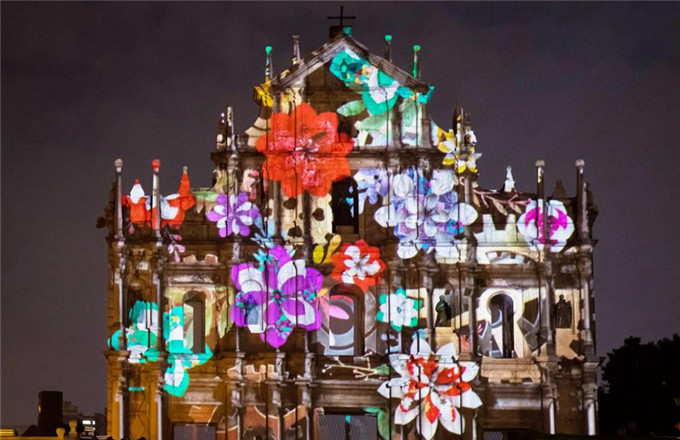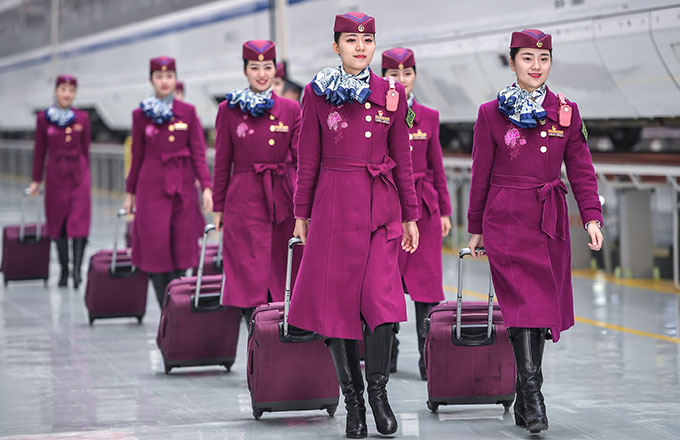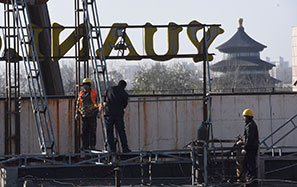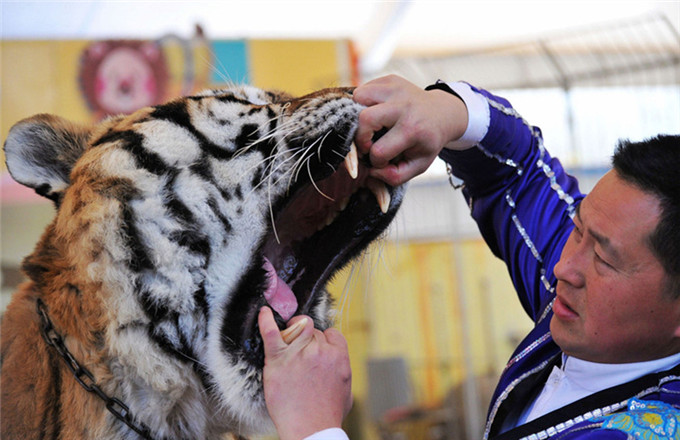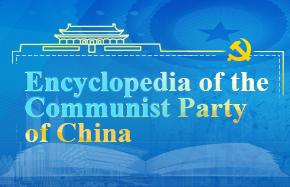What's China's 24 Solar Terms?
Beginning of Spring (lichun)
As its name suggests, Beginning of Spring lifts the curtain of spring. After that everything turns green and full of vigor; people clearly see that the daytime is becoming longer and the weather is becoming warmer.
Rain Water (yushui)
Rain Water signals the increase in rainfall and rise in temperature. With its arrival, lively scenery starts blossoming: the river water defreezes, wild geese move from south to north, and trees and grass turn green again.
Insects Awakening (jingzhe)
Insects Awakening alludes to the fact that insects and animals sleeping in winter are awakened by spring thunder. It is the key time for spring agricultural activities.
Spring Equinox (chunfen)
On the day of the Spring Equinox, sun is directly above the equator. After the day, the sun moves northward, resulting in gradually longer day time in the Northern Hemisphere and longer night in the Southern Hemisphere.
Fresh Green (qingming)
Fresh Green is also a traditional Chinese festival-Tomb-Sweeping Day. From that day on, temperature continues to rise and rainfall increases, making it a crucial time for plowing and sowing in the spring.
Grain Rain (guyu)
Grain Rain originates from the saying that goes "rain brings up the growth of hundreds of grains," which shows that this period of rainfall is extremely important for the growth of crops.
Beginning of Summer (lixia)
On this day, the sun's rays reach an angle of 45 degrees to the earth. The temperature will rise quickly after it, yet in Northern China weather remains mild, not tropical.
Lesser Fullness (xiaoman)
Lesser Fullness means that the seeds from the grain are becoming full but are not ripe.
Grain in Ear (mangzhong)
The arrival of Grain in Ear signifies the ripening of crops such as barley and wheat. It is also a busy period for farmers.
Summer Solstice (xiazhi)
At this time, much of the northern hemisphere receives the most hours of daylight, but it does not bring the hottest temperatures which will come only 20 to 30 days later.
Lesser Heat (xiaoshu)
Lesser Heat suggests the hottest period is coming but the extreme hot point has yet to arrive.
Greater Heat (dashu)
During Greater Heat, most parts of China enter the hottest season of the year, during which the temperature could reach above 35 C in many cities.
Beginning of Autumn (liqiu)
It reflects the end of summer and the beginning of autumn. The fruitful season is approaching.
End of Heat (chushu)
End of Heat implies that most parts in China are getting rid of the hot summer and entering autumn.
White Dew (bailu)
White Dew is the real beginning of cool autumn. The temperature declines gradually and the vapors in the air often condense into white dew on the grass and trees at night.
Autumnal Equinox (qiufen)
Autumnal Equinox lies at the mid-point of autumn, dividing autumn into two equal parts, after which the location of direct sunlight moves to the south - days become shorter and nights longer in the Northern Hemisphere.
Cold Dew (hanlu)
At this time, temperatures are much lower than in White Dew in most areas of China. The dew is greater and colder and there will be less rain.
First Frost (shuangjiang)
First Frost marks the last solar term of autumn, during which time the weather becomes much colder than before and frost begins to appear.
Beginning of Winter (lidong)
Winter is coming from that day on, and crops harvested in autumn should be stored up.
Light Snow (xiaoxue)
Light Snow refers to the time when it starts to snow, mostly in China's northern areas, and the temperature continues to drop.
Heavy Snow (daxue)
Around this day, the snow becomes heavy and begins to accumulate on the ground as the lowest temperature drops to around zero degree Celsius in northern China.
Winter Solstice (dongzhi)
On the first day of Winter Solstice, the Northern Hemisphere experiences the shortest day and the longest night in the year, as the sun shines directly at the Tropic of Capricorn.
Lesser Cold (xiaohan)
During Lesser Cold, most areas in China have entered the bitter cold stage of winter. The ground and rivers are frozen. The cold air from the north moves southward continuously.
Greater Cold (dahan)
Greater Cold is the last solar term in the annual lunar calendar. In this period, snow, rain and icy cold weather exert a big influence on people's lives.
China Daily - Xinhua










